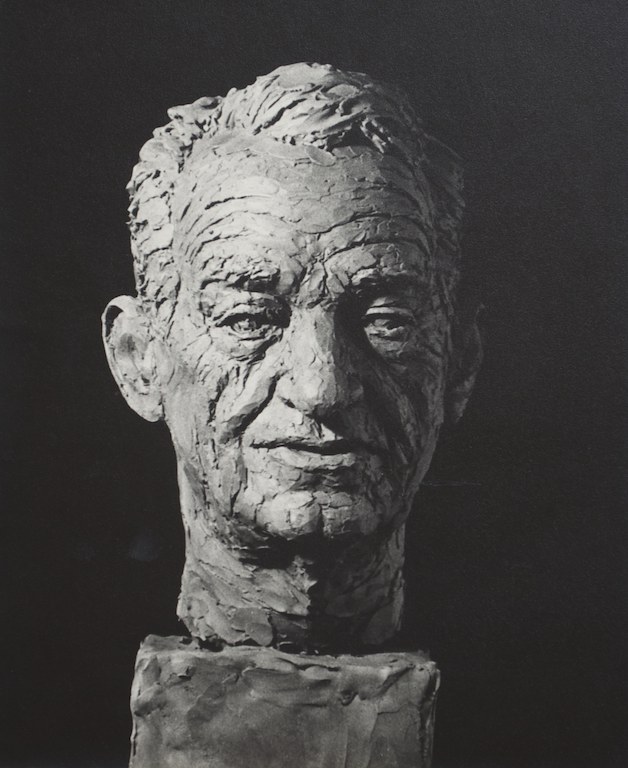

Scott Nearing (1883-1983) was an idealist, fervent anti-war activist and prolific writer. While he is little known today, his long productive life provides an example of living according to one’s beliefs. In 1954 after twenty years in New England, he and his wife Helen wrote Living the Good Life, which showed the way to their disciplined lifestyle: building with respect to the land, planting what they ate, and making a business of maple sugaring. “Living the good life” -- with its ideal of 4 hours of bread labor and 4 hours of leisure for intellectual pursuits and relaxation -- became the buzzword of a generation of city people from the 1960s and 70s who would follow their example.

Nearing was someone Zena greatly admired from his early days as a child labor activist, socialist, and economics professor in Philadelphia where she grew up. They shared a belief in fair labor, rights for all and adhering to one’s convictions.
"A Grand Old Oak"
The influential lead of Nearing as pacifist and humanist inspired Zena, an artist with the same convictions. Zena shared his timeless ideals and like him, felt compelled to work for, indeed to live for, what she believed. She, too, had contributed to the labor movement in Pennsylvania during the 1930s, and after moving to Miami, to progressive politics in the 40s and civil rights in the 60s. Her peace movement activities would culminate in organizing Artists Speak for Peace in the early 80s.
Zena recognized Scott Nearing as a pillar of strength, “a grand old oak,” as she saw him. She sought him out in order to immortalize Nearing, the individual, and the principles upon which he built his life. Through a penetrating portrait, she hoped to inspire others.
The Making of the Portrait
Zena invited Scott to pose for his portrait in her Miami Beach studio in March 1961, while he was in town to lecture at the University of Miami. At the time, Miami was a hotbed of anger and Cold War fear with the influx of Cuban refugees. They believed the United States government would defeat Fidel Castro paving the way for their return. Scott Nearing was remarkably unafraid to raise large issues he thought vital despite the volatile times. Nearing published Freedom: Promise and Menace (1961) in which he boldly wrote:
The power age is in desperate need not so much of free men and women as of disciplined, responsible, dedicated citizens. Its future, nay, its very survival requires not free nations but nations and peoples willing and able to subordinate fatherland defense to the requirements of peace, justice and the common welfare.
Zena sympathized with this call for peace and justice. As always, she conversed with her sitters as she modeled them. It helped her capture their essence. As she shaped Nearing’s portrait in clay, she would have absorbed his wisdom about large and small issues: personal health and harmony; living respectfully with the land, the forest and its creatures; about community and the world. We can imagine that they talked about Nearing’s speech for the University of Miami and his hopes for the people of Cuba.
Helen Nearing’s early impression of Zena’s unfinished work caused her to caution Zena, “You’ve got the public Scott, but you don’t have the private Scott.” However, upon seeing a photograph of the finished portrait, she wrote right away:
I like it so much. It is strong; it is gnarled; it is fierce, yet kind; it is a fighter yet cheery. You have caught him. Congratulations!

Nearing Clay Bust on Base, 1961-62
Zena initiated a successful fundraising campaign among the Nearings’ supporters to pay for a bronze cast of the portrait head. The sculpture was unveiled at a celebration for Scott’s 80th birthday in New York City in 1963. Nearly 800 people filled the hall at Palm Gardens on a stormy Nov. 7th to pay him homage.
Zena’s bronze portrait of Scott Nearing is now part of the permanent collection of the National Portrait Gallery, Smithsonian Institution, Washington, DC, which recognized his contributions to American history as a great social scientist and environmentalist.